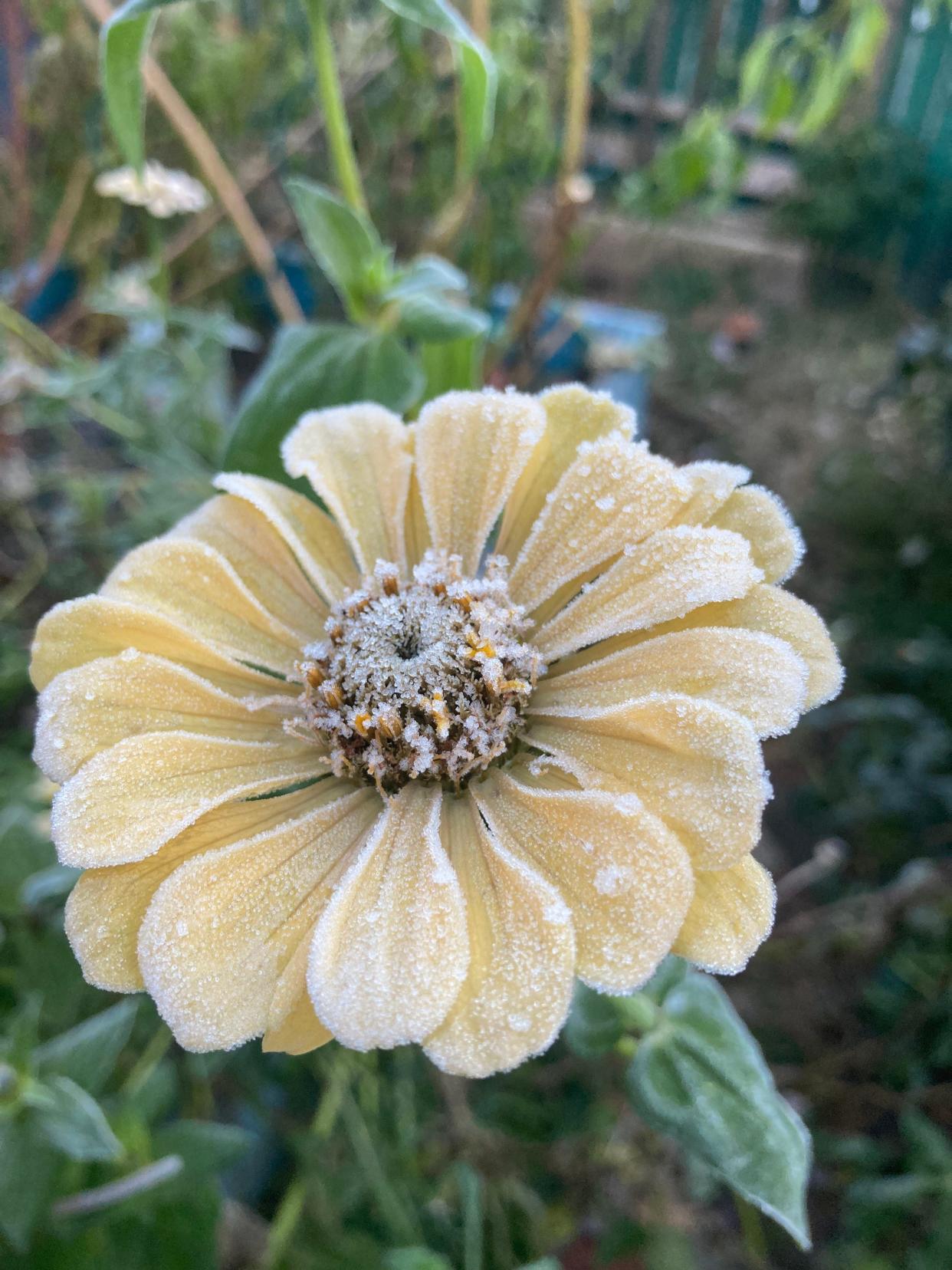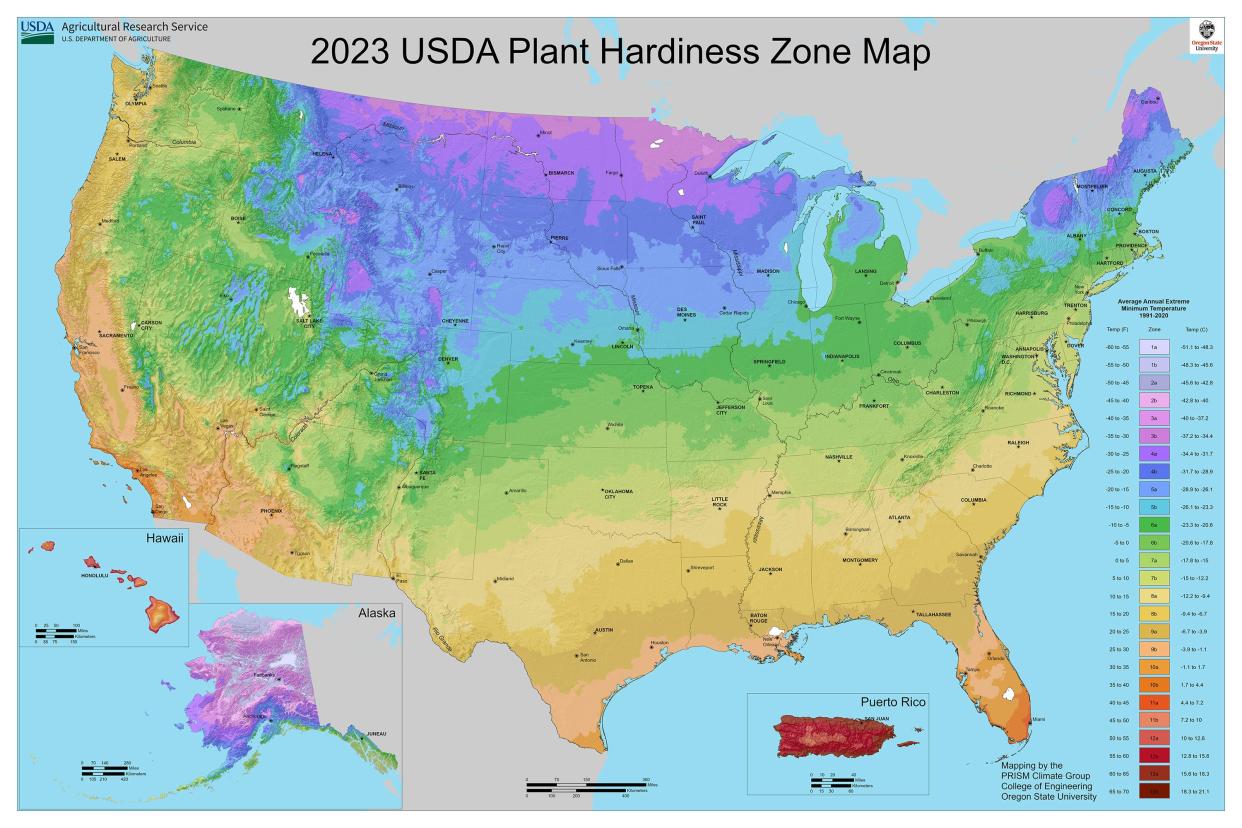When is the average last frost in Massachusetts? What to know to plant your garden.
The weather can be funny in New England.
The weather has been warming up lately, but you know what they say about New England weather. If you don't like the weather, wait five minutes and it will change.
The question for gardeners is will it continue to warm up making it time to plant out tender annuals that would die in a frost or is another frost likely in the future. For that, gardeners turn both to the forecast and to the average last frost date to help them get the timing right for planting out in the dirt.
What is the average last frost date?
Last frost dates are estimated based on historical data of when the last freeze – when temperatures drop between 29° to 32°F, cool enough to kill tender plants – is likely to occur, according to The Old Farmer's Almanac.
This information is calculated down to the zipcode to help gardeners plan their crops. In Massachusetts, the average last frost date varies depend on where you live.
For example, on Cape Cod the average last frost date in Chatham is April 13, while in Worcester the average last frost date is April 23, according to National Oceanic and Atmospheric Administration data. In Western Mass, the average date often falls in May.
You can look up your local last frost date on this interactive NOAA map.
But even when you know your average last frost date, there is catch.
"The probability of a frost occurring after the spring frost date or before the fall frost date is 30%, which means that there is still a chance of frost occurring before or after the given dates," the Old Farmer's Almanac says.
Which is why gardeners also need to check the forecast.
Does the National Weather Service think a spring frost could happen?

Chances are low, but a meteorologist from the National Weather Service says nothing is out of the question.
Bryce Williams, a meteorologist from the National Weather Service in Norton, said while it's not out of the question for Massachusetts having a frost this late in April would be rare.
"At this point, the odds of getting a frost would be extremely low," Williams told Wicked Local on Tuesday morning. "It's not out of the realm of possibility, but it would be a surprise."
More: A message from the plants: US is getting a lot warmer, new analysis says
Is there a history of spring frosts in MA?
Meteorologist Bryce Williams said there are points in history when frosts have arrived late in the spring. He said some of those include:
Boston, May 3, 1882 - was freezing, or below-freezing
Boston, May 3, 1874 - was freezing, or below-freezing
Worcester, May 19, 1944 - was freezing, or below-freezing
Worcester, May 19, 1976 - was freezing, or below-freezing
Williams the most recent one in Worcester was May 13, 2020.
New USDA hardiness zone map

For the first time since 2012, a new Plant Hardiness Zone Map was released by the U.S. Department of Agriculture in November 2023. The map is a tool used by gardeners and growers around the U.S. to determine which plants are most likely to thrive at a precise location.
The map, which is considered a guideline for growing perennial plants, was developed by USDA's Agricultural Research Service and Oregon State University's PRISM Climate Group. Some New England areas moved into hardier zones, giving gardeners the chance to perhaps try new plants.
This article originally appeared on wickedlocal.com: Average last frost date for Massachusetts: What to know before planting
